London midcentury courtyard house gets a refresh by William Smalley
This midcentury courtyard house refurbishment project by William Smalley is the result of the architect’s close work with clients and the building’s original fabric
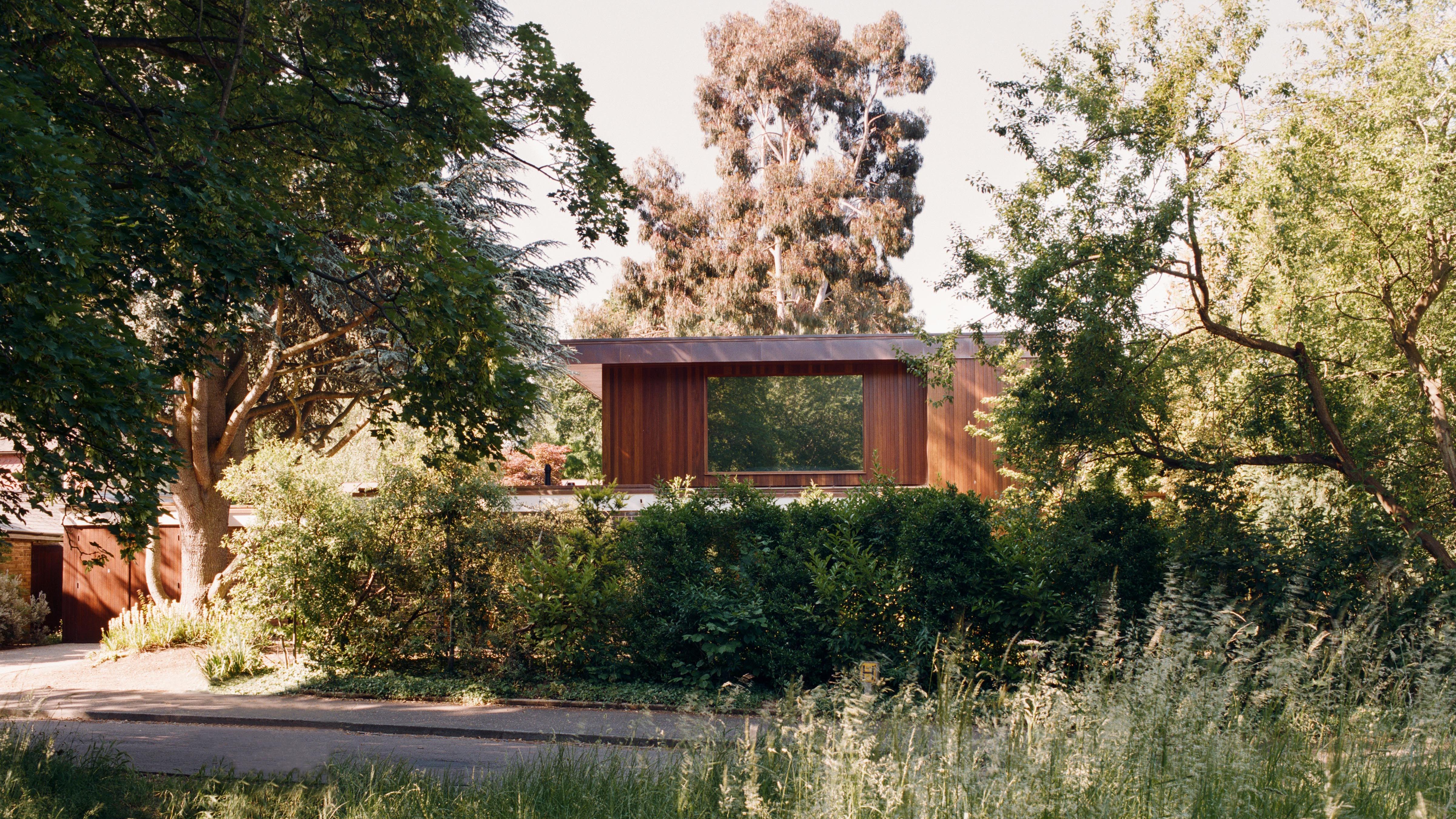
We’re seeing something of a step change in attitude towards British domestic architecture of the recent past. Whilst post-war modernism has always had its admirers, they were often outnumbered and outbid by developers and dismissive views that saw low-slung structures on spacious plots as an easy way to make big money. Luckily, this was not the case with this modest, modernist architecture courtyard house in London.

Courtyard House by William Smalley, a refurbishment in the spirit of the original architecture
Thanks to the concerted effort of bodies like the Twentieth Century Society and a new generation of more informed and engaged planners, many of the neglected gems of the era have come firmly back into fashion.
For homeowners who indulge in the midcentury mood, the next challenge is to find an architect willing to sublimate their own ego in favour of a sensitive and low-key approach.

The house is arranged around two courtyards
Case study: a London midcentury courtyard house
This refurbishment in south-west London ticks all the boxes. The original house was built to exacting standards by the architect Leslie Gooday in 1958, one of a small group of new structures that drew on the openness of the American Case Study Houses, spliced with the new spirit of optimism in British design.
There’s still a hint of Californian culture in these generous open-planned spaces, even if the British climate rarely maximises the indoor-outdoor lifestyle.
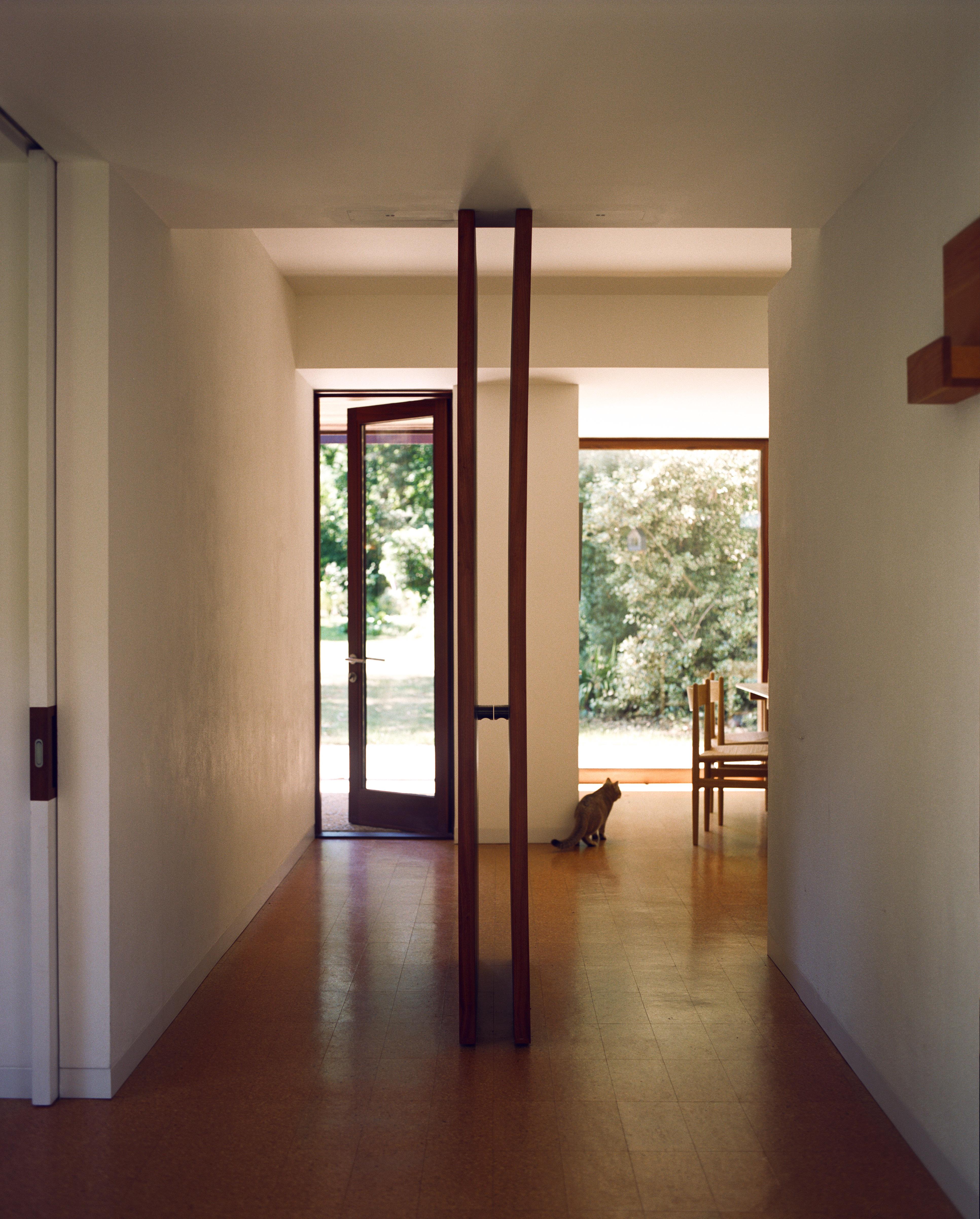
New glazing and a cork floor unite the interior
Cut to today, and the house was a venerable survivor, albeit deeply embedded in an overgrown landscape.
Smalley was commissioned by the owner – a previous client – to upgrade it for the modern era. As well as stripping out asbestos and upgrading the roof, the refurbishment saw whole swathes of the fabric seamlessly replaced.
Receive our daily digest of inspiration, escapism and design stories from around the world direct to your inbox.
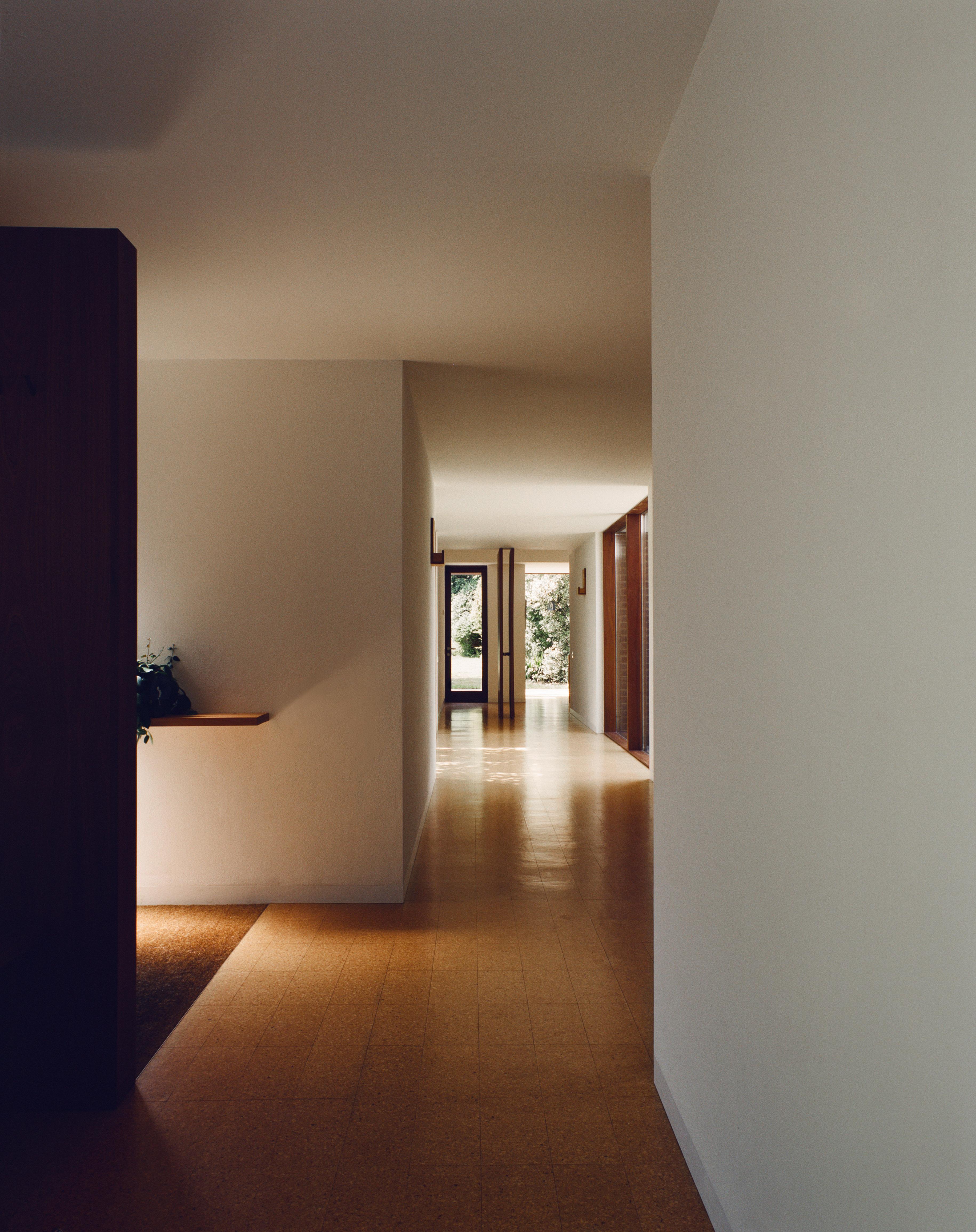
A long corridor runs through the spine of the house
The project added double-glazing and insulation throughout, carefully matched to the original proportions.
The two internal courtyards are separated by a glazed corridor and covered walkway, providing a sense of changing space as one moves through the house from living area to bedrooms.

The dining chairs and table are by Hans Wegner for Carl Hansen & Søn, the pendant light is ‘HeadHat Plate’ by Santa & Cole
Smalley and his team created several bespoke pieces of furniture, including benches, lights, and the kitchen units, which are paired with classic pieces by Hans Wegner, Mies van der Rohe, and Alvar Aalto. The client also commissioned new wall-hangings from the textile designer Catarina Riccabona.
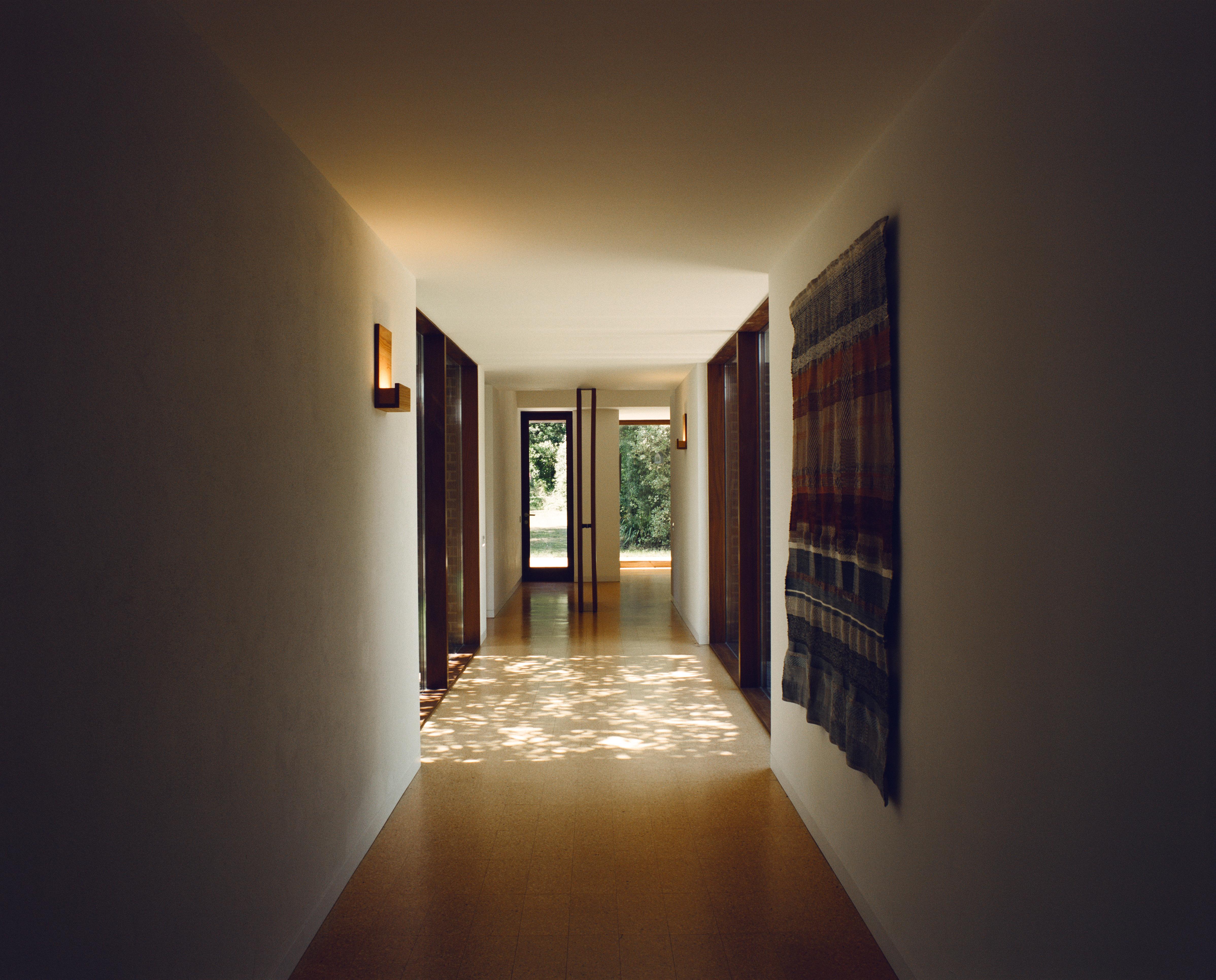
Bespoke wall-hangings in the main corridor
The refurbishment work also included the creation of a new second floor, carefully negotiated with the planners, reached by a top-lit staircase and housing a dark linen-lined master bedroom, with a cinematic view of the green surroundings.
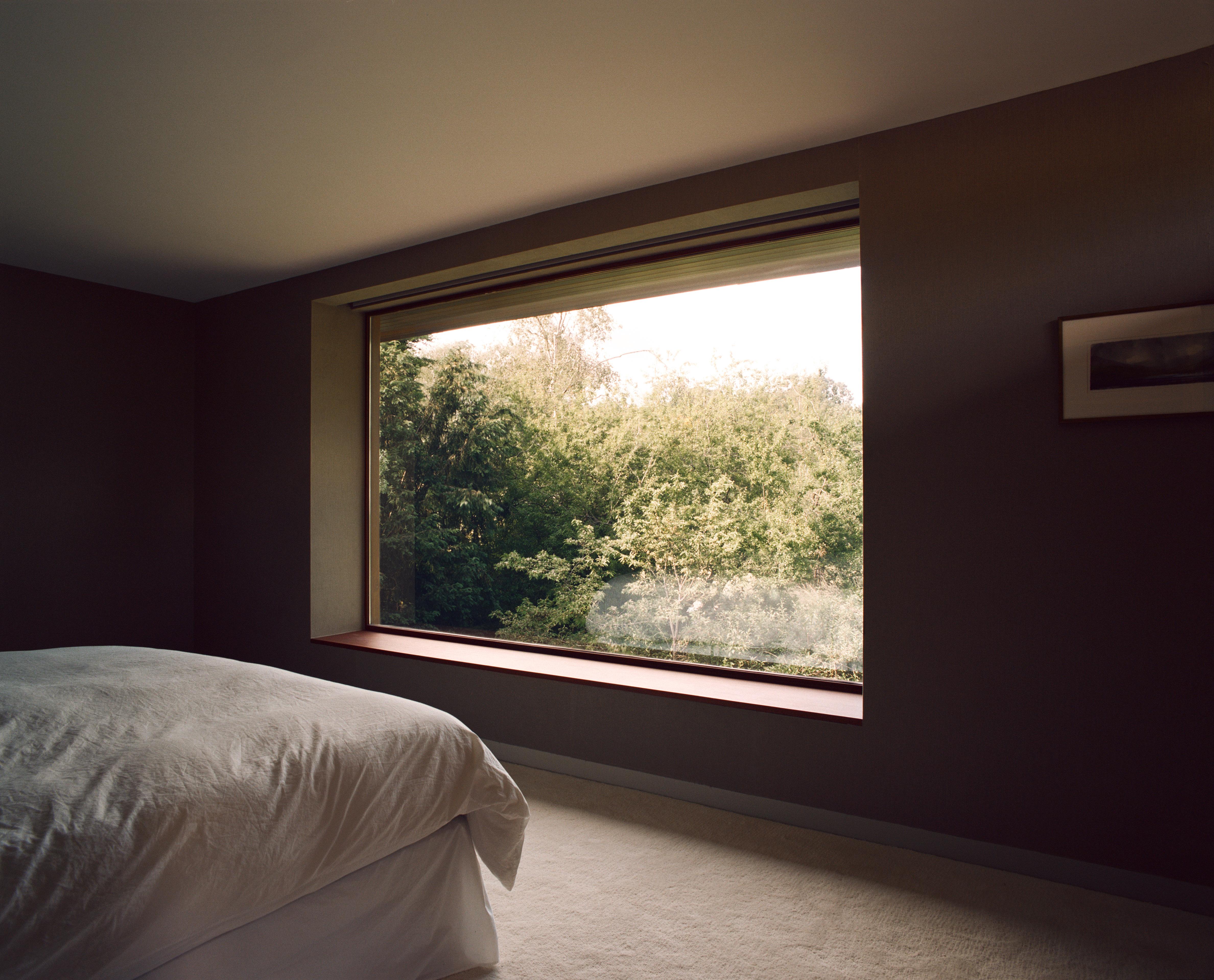
The main bedroom, with its dark linen walls
Downstairs, the kitchen was expanded, and a new bedroom added, with floors re-laid with new cork floor tiles to create a uniform sense of space.
‘The house has an openness, retaining the optimism of the modernist era it was built in,’ says Smalley, ‘It is an incredibly nice house to be in.’
Jonathan Bell has written for Wallpaper* magazine since 1999, covering everything from architecture and transport design to books, tech and graphic design. He is now the magazine’s Transport and Technology Editor. Jonathan has written and edited 15 books, including Concept Car Design, 21st Century House, and The New Modern House. He is also the host of Wallpaper’s first podcast.
-
 Volvo’s quest for safety has resulted in this new, ultra-legible in-car typeface, Volvo Centum
Volvo’s quest for safety has resulted in this new, ultra-legible in-car typeface, Volvo CentumDalton Maag designs a new sans serif typeface for the Swedish carmaker, Volvo Centum, building on the brand’s strong safety ethos
-
 We asked six creative leaders to tell us their design predictions for the year ahead
We asked six creative leaders to tell us their design predictions for the year aheadWhat will be the trends shaping the design world in 2026? Six creative leaders share their creative predictions for next year, alongside some wise advice: be present, connect, embrace AI
-
 10 watch and jewellery moments that dazzled us in 2025
10 watch and jewellery moments that dazzled us in 2025From unexpected watch collaborations to eclectic materials and offbeat designs, here are the watch and jewellery moments we enjoyed this year
-
 Arbour House is a north London home that lies low but punches high
Arbour House is a north London home that lies low but punches highArbour House by Andrei Saltykov is a low-lying Crouch End home with a striking roof structure that sets it apart
-
 A former agricultural building is transformed into a minimal rural home by Bindloss Dawes
A former agricultural building is transformed into a minimal rural home by Bindloss DawesZero-carbon design meets adaptive re-use in the Tractor Shed, a stripped-back house in a country village by Somerset architects Bindloss Dawes
-
 RIBA House of the Year 2025 is a ‘rare mixture of sensitivity and boldness’
RIBA House of the Year 2025 is a ‘rare mixture of sensitivity and boldness’Topping the list of seven shortlisted homes, Izat Arundell’s Hebridean self-build – named Caochan na Creige – is announced as the RIBA House of the Year 2025
-
 In addition to brutalist buildings, Alison Smithson designed some of the most creative Christmas cards we've seen
In addition to brutalist buildings, Alison Smithson designed some of the most creative Christmas cards we've seenThe architect’s collection of season’s greetings is on show at the Roca London Gallery, just in time for the holidays
-
 In South Wales, a remote coastal farmhouse flaunts its modern revamp, primed for hosting
In South Wales, a remote coastal farmhouse flaunts its modern revamp, primed for hostingA farmhouse perched on the Gower Peninsula, Delfyd Farm reveals its ground-floor refresh by architecture studio Rural Office, which created a cosy home with breathtaking views
-
 A revived public space in Aberdeen is named Scotland’s building of the year
A revived public space in Aberdeen is named Scotland’s building of the yearAberdeen's Union Terrace Gardens by Stallan-Brand Architecture + Design and LDA Design wins the 2025 Andrew Doolan Best Building in Scotland Award
-
 The Architecture Edit: Wallpaper’s houses of the month
The Architecture Edit: Wallpaper’s houses of the monthFrom wineries-turned-music studios to fire-resistant holiday homes, these are the properties that have most impressed the Wallpaper* editors this month
-
 A refreshed 1950s apartment in East London allows for moments of discovery
A refreshed 1950s apartment in East London allows for moments of discoveryWith this 1950s apartment redesign, London-based architects Studio Naama wanted to create a residence which reflects the fun and individual nature of the clients